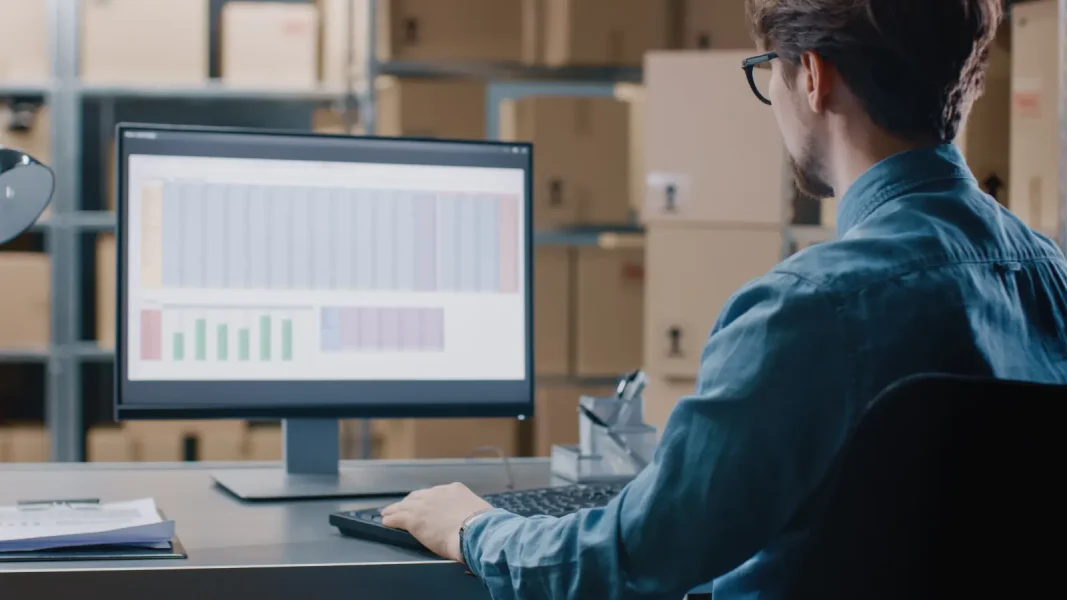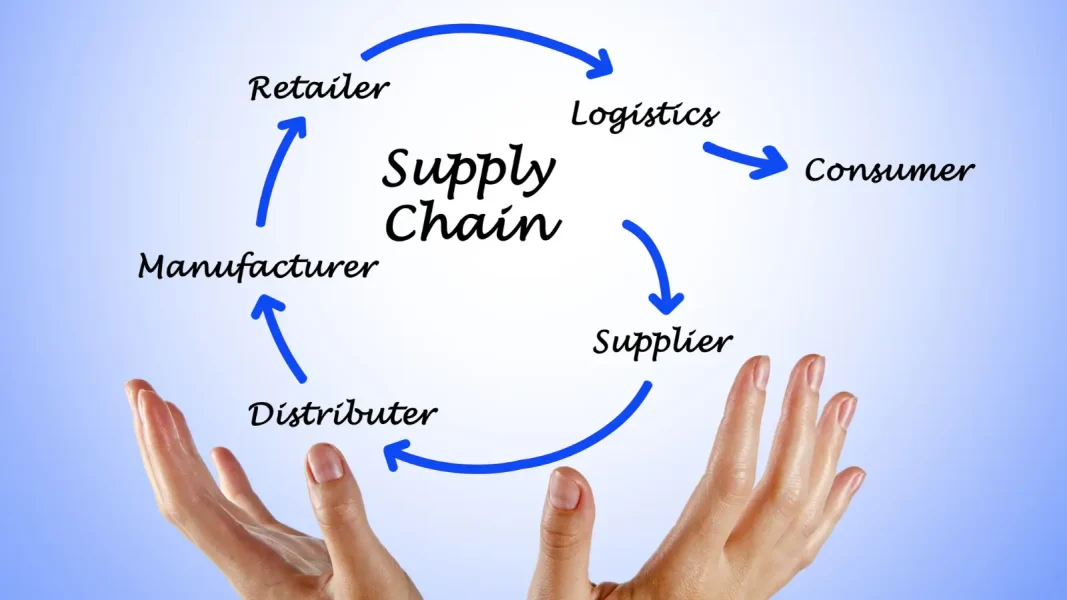Pharmacies seek to stand out from the crowd and attract/loyalize customers by various means: assortment, shelving, facing, etc.
And what if price in turn became a lever for competitiveness and profitability?
At a time when the pharmaceuticals sector is undergoing strong digitization since the early 2010s, pricing has rarely been a priority topic. But the impact of COVID-19 has reshuffled the deck. Many pharmacists have understood that price is a performance lever to be considered and acted upon.
Historically, players have accumulated a wealth of crucial information, covering outputs, average baskets and prices in the pharmaceutical sector. Solutions exist for analyzing your competition and your price positioning. But most of the tools used by market players do not, in their current state, allow them to act strategically on their prices.
However, over and above price alignment, pharmacists who opt for a genuine pricing strategy will benefit from a clear competitive advantage. They will improve their sales performance, reinforce customer preference and enhance customer acquisition and loyalty.
In this article, we detail how pharmacies can move towards a more advanced pricing strategy by combining three key elements: technological innovation, data analysis and personalization.
Why go beyond price alignment?
The limits of price alignment
In pharmaceuticals, most players opt for price alignment when it comes to setting their rates. This strategy consists in setting prices similar or close to those of competitors, to avoid a price war in the catchment area.
Price alignment is a minimum-risk strategy. It helps avoid disagreements between competitors, and gives you a neutral price positioning in consumers’ minds. You won’t be perceived as too expensive, or as a low-price, low-quality player.
But this strategy also has its limits. If your competitors are suffering, you risk suffering too, since you’re aligning yourself with them. What’s more, it makes differentiation more complex. If you are entering a new market, with new customers to conquer, differentiation will be based entirely on items other than price: advice, assortment, shelf layout, etc.
In short, you’re depriving yourself of a differentiating potential.. And there’s no guarantee that price alignment is compatible with the sales performance targets you’ve set yourself.
The glass ceiling of price alignment is that it is limited to a single influencing factor – competition – and ignores all the others.
On the other hand, a true pricing strategy encompasses an in-depth analysis of market demand, purchasing behavior and competitive position.. It goes beyond simply reacting to the competitive environment to offer a proactive, contextualized approach to pricing.
The importance of a strategic approach
Adoption of a refined pricing strategy repositioned pricing as one of the levers of sales performance. Pricing helps improve competitiveness and influences customer perception. It also has an obvious impact on margins.
A well-defined pricing strategy allows you to differentiate your offerings, create a distinct value proposition and respond more precisely to customer expectations.. It helps define the pharmacy’s image in the marketplace.
It enables us to adjust prices according to the value perceived by customers, implement targeted promotions and build customer loyalty. It thus becomes a powerful tool for influencing purchasing decisions and generating lasting customer satisfaction.
Combined with other attributes, such as consulting, pricing becomes a genuine differentiation lever. However, to move beyond price alignment towards a strategic approach to pricing, two elements are essential:
- Reliable, up-to-date data
- Technical solutions to analyze this data and make it actionable
Taken together, these elements provide pharmacists and pharmacy groups with the material they need to contextualize their pricing approach and become more competitive.
How can technological innovation help (networks of) pharmacists set prices?
Know your price positioning precisely
The first request from pharmacists concerns their pricing position price positioning.
They would like to know exactly where they stand in their catchment area, in relation to other pharmacists, but also, in some cases, in relation to a local GSA-affiliated parapharmacy.
In fact, refined knowledge of their price positioning is essential for alignment purposes. Even if they don’t necessarily align themselves with all the players, pharmacists want to understand what’s going on in their environment.
To do this, they need reliable data on their competitors’ prices.
For a local pharmacy, the challenge is to have visibility over the prices of competitors it wants to align with, for all products where there may be a differential. But with the development of private labels, matching and comparing products is no easy task. You need to find the equivalences between your reference system and those of your competitors. Today, this work is carried out at group level via shared files, which are not very progressive and are specific to the operations of each brand. The task is therefore tedious.
At Optimix, we offer a semi-automatic matching module to establish matches between competing products. This technological innovation makes data more reliable and meets the human resources needs of pharmacist groups. Freed from some of the data collection work, teams can reallocate their time to defining a refined strategy.
What’s more, our solution integrates with in-house tools to facilitate real-time data feedback and its use for price calculation.
Reallocate resources and efforts to strategy
Thanks to technological innovation, the plant teams no longer have to do the work of data preparation. Data collection, quality control and price consistency between products are automated. And the data that flows into their modules is already actionable.
The pricing teams, working closely with the pharmacists, can then concentrate on strategic thinking.
Upstream, you need to define your competitive perimeter.
Let’s take the example of a pharmacy in the center of a small town.
- How far does its competitive scope extend?
- Does it only cover other pharmacies in town?
- Should we include the E. Leclerc parapharmacy on the outskirts?
- What about pure web players?
- Then, who to align with
- Who are the comparable players with whom a pharmacy really competes?
If we’re talking about the role of digital players, we also need to factor into the price the advisory dimension offered by a local pharmacy.
Reliable data feedback also facilitates comparison and the detection of patterns.. Teams are better able to segment the pharmacies in their network according to geographic, socio-demographic, …
They may, for example, apply different strategies or rules to seaside and city-center pharmacies.
Act more regularly on prices
Another advantage of a pricing solution is that dedicated teams can more easily calculate prices and share them with pharmacists.. This makes price management much more granular.
In parapharmacy, for example, seasonality is very strong. Up to now, pharmacists have often changed their prices only once a season, because it takes a lot of effort with their current solutions.
With an optimized solution, they can integrate multiple influencing factors:
- Inflation trend
- Purchase price trends
- Seasonality
- Concurrence offline et online
And, even with all these factors, they are able to calculate prices very finely, without any extra effort to adapt to the market or maximize their margins. As a result, they can change prices more often, at least on their most strategic products.
Towards customized prices for each pharmacy?
The adoption of a complete pricing solution simplifies the life of pharmacists, as they receive contextualized recommendations from the head office. This is particularly interesting because the solution helps plant teams to take into account the different types of pharmacies and pharmacists.
Not all pharmacists have the same appetite for pricing. Some are already doing this in a very structured way, using the tools at their disposal or Excel files. Others prefer simply to press a button to generate and apply their prices.
Using a pricing solution, the head office can manage different types of pharmacy, with an aggregated view of what is happening in specific regions, or comparable areas in terms of footfall, clientele, etc.
Technological innovation is helping to put pricing back at the heart of performance issues. It also provides a sound, data-driven basis for advancing the pricing relationship between the head office and pharmacies. In fact, it’s easier to involve all stakeholders with a reliable, shared data base to ensure smooth communication.
Pricing should not remain a blind spot in the digitalization of the pharmaceutical sector. To gain in competitiveness, make themselves clearer to customers and improve satisfaction and performance, pharmacies can make pricing one of their performance levers.
To achieve this, the quality of incoming data is a prerequisite. You need reliable data on competitor prices, and you need to be able to match products easily. Today, however, this is largely where the problem lies.
The Optimix solution meets this data challenge. It frees pharmacists or pricing teams from the task of data preparation, leaving them more time for more granular strategic thinking.
Here again, the solution facilitates segmentation and, therefore, the contextualization of prices. The teams concerned can automate pricing according to input data and the chosen strategy.
The solution helps to tailor strategies to the different types of pharmacist, and to support them in their objectives, leaving them free to choose the level of involvement they wish to have in this area.
Would you like to find out more about how our solution meets the challenges of the pharmaceutical sector? Contact us for a personalized demo.







